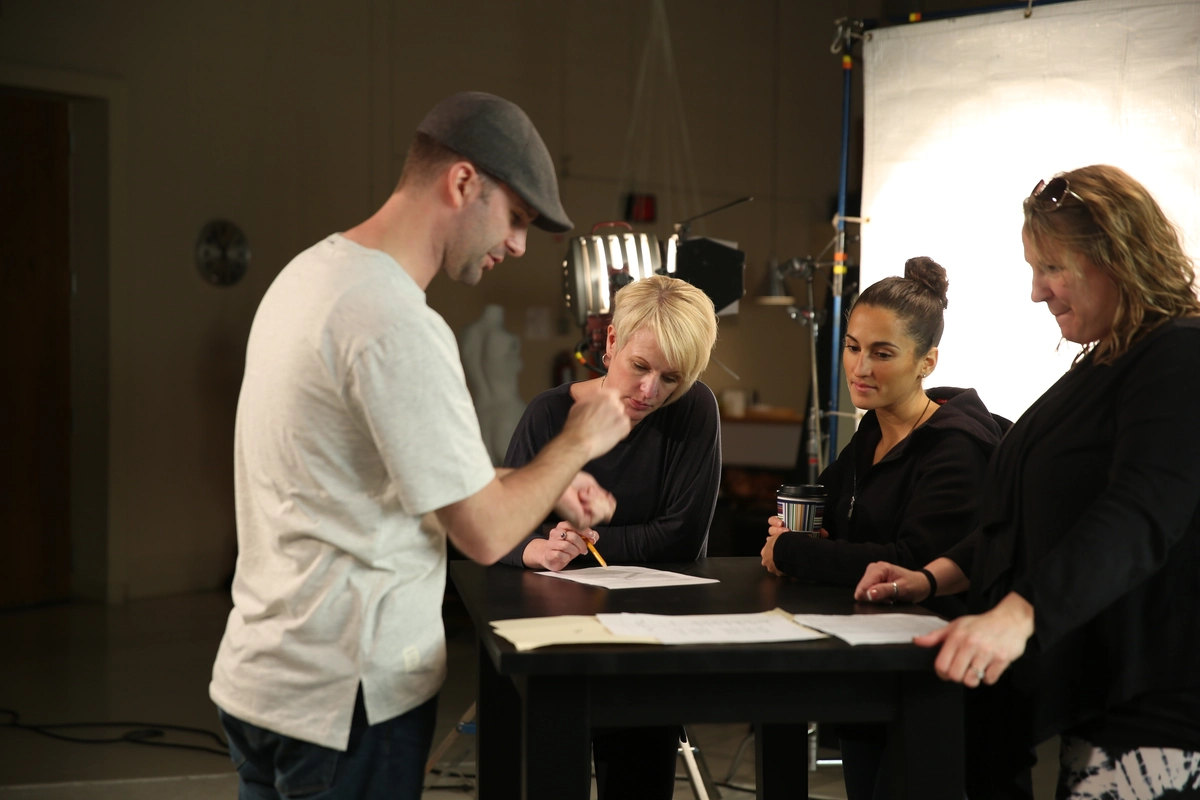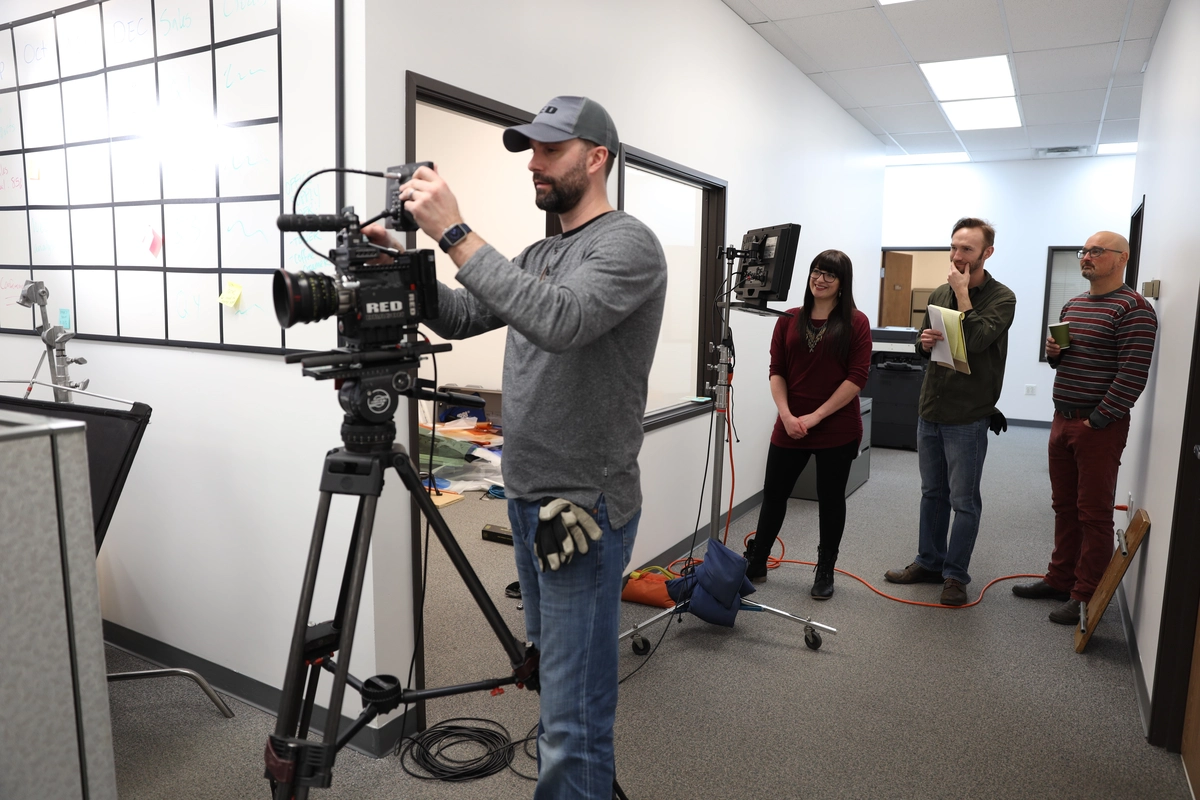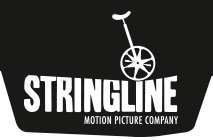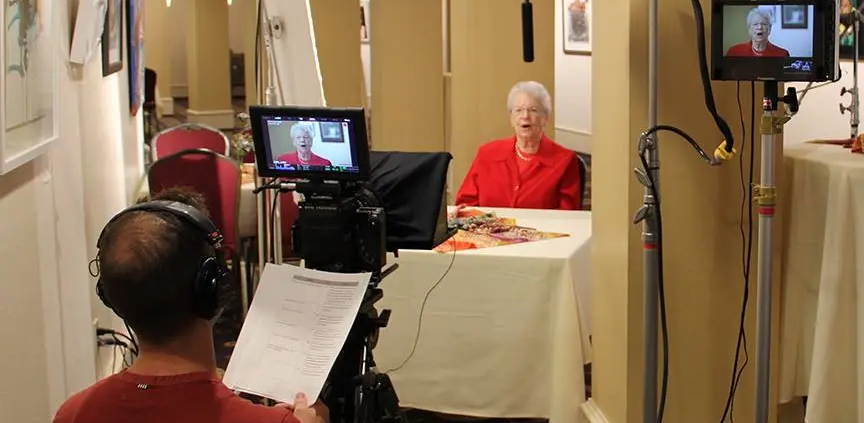How To Direct A Film: Step By Step Guide For Filmmakers
Learning how to direct a film sound a lot easier than it is.
If you are an aspiring filmmaker and want to direct your first film, get ready for a wild ride. Directing a film involved endless planning, communicating, and industry knowledge. But, at the end of the day, it is an incredibly rewarding experience!
Are you an aspiring filmmaker? Do you want to direct your first film? You’re going to want to stick around. Today we’re talking through the steps of how to direct a film and all the hard work that goes into bringing a story to life.
What Does a Director Do?
A director is the person who brings their creative vision to a film or other production. They control the show, literally. They are the ones who have all creative and artistic direction for the film and make the magic happen.
However, directors can’t do it all themselves and work with a team of producers, cinematographers, actors, camera operators, and a vast crew to bring their vision to life.
Before producing a film, directors are working with producers on how to get funding for the project and how they want it all brought together. They have meetings about how they want certain things shot so that when it comes time for filming, everything is already planned out in detail beforehand.
But that’s just a tiny piece of the puzzle when it comes to directing a film. So here is a thorough guide to each step required to direct a film as a whole.
How to Direct a Film (Step-by-Step)
Not every script gets off the ground and turned into a film. In fact, some scripts take decades to see the light of day, and then finally, a director picks up the script and is ready to make it into a movie.
With that being said, you don’t need to have a big-budget film to follow these steps. Maybe you just want to direct a short film, commercial, or even corporate video like the big-ticket directors do. So here is a guide to directing a film for beginners and veteran filmmakers alike.
Thoroughly Plan Your Film Shoot
Obviously, a TON of planning goes into making a film, and a lot of that planning comes right from the director. You want to start planning your film as early on as possible. You will want to know your script forward and backward to have an idea of where to begin.
You will want to plan your crew, the filming schedule, and expectations for locations or studios, costumes, actors, and more. Next, you’ll want to go through your script and break down every scene, piece by piece. Breaking the script down in this way will make it more digestible and also help you memorize the script, which makes directing easier when the time comes.
Write Your “Director’s Vision”
Your “Director’s Vision” is exactly what it sounds like—it’s your vision for how the film will look and feel. It’s how you see the script, but the tricky part is translating this vision to paper and expressing it to the producer and crew. That’s why writing a director’s vision is so important.
You should be able to translate your vision for the movie in 50 words or less. If it’s longer or more complicated than that, you may want to re-think your vision or revisit the script. Some tips for writing a compelling vision can be found here.

Plan Out Your Shots
Once you’ve written your “Director’s Vision,” it should be easy to plan out how each shot will look. If you’re working with a director of photography, they can help guide how the shots are done and what lenses or other equipment is needed for them.
You’ll want to know how much time each scene takes so that you can plan how much time you will need for each shot. You’ll also want to know how many different shots are needed for the scene and what type of angles or transitions they require.
Write Out a Shoot Script
The shooting script is how you will direct your actors so that they know what to do during the scene. They should be able to follow along with this line-by-line and act out their lines without any problems.
It’s good directing practice; however, not all directors use a shot list like this when filming—some just have an idea of how each scene should play out in their head and direct manually from there. But, for those new to directing, it’s helpful to follow along with the script so that everyone is on the same page and knows where they’re supposed to be during filming.
Build Out a Budget (Which May Come Earlier)
The budget might come before any of the script planning, but it’s often critical to plan the budget after the director has laid out the scenes and what things they’ll need to bring their vision to life.
But budgets also may be a determining factor when it comes to funding the movie, and without funding, it may never happen to begin with. So you may need a preliminary budget at the beginning, then curate it more with line items as the planning comes together closer to filming.
Hire a Producer
A producer plays a critical role in any film and depending on how big your budget is, you may have to hire more than one. The head producer oversees all aspects of production, including funding and other key items that ensure the film gets made. The director works very closely with this person to make sure that the vision is being realized.
Hire a Solid Production Crew
Once you have your producer hired, the next step will be hiring the production crew. This includes assistant directors (ADs), camera operators, set designers or builders, costume designers, and more. The AD is vital because they are how you communicate with everyone else on set, so it’s important to build a strong relationship before filming begins. There’s a lot of work that goes into directing, and with the right team, you can achieve your “Director’s Vision” for how things should look.

Begin Rehearsals, Edits, and Pre-Production Shots
Rehearsals and pre-production shots will play a key role in how you direct your actors. These are the things that they’ll need to be familiar with before filming begins, such as where each actor will stand during takes or how many lines they should read per shot. The more prep work done ahead of time, the better it is for everyone involved.
Be Flexible and Shift With Changes
You’d be silly to think that every single thing will go to plan as you direct your film. In fact, things can change very quickly, and the director needs to be able to flex and move with these changes. Panicking or being upset that the vision is getting derailed will only set back filming and cause issues on set.
Being calm and open-minded about how changes will be handled is the best thing that you can do. Sometimes, these changes are minuscule in their impact on filming, or they may require some reworking of how things were initially planned to go down. However, acting professionally during all times will help everyone stay happy and healthy while working together.
Send Final Film to the Editors
Once filming is complete, the director will need to send all of their footage over to the editing team. Short film or small-scale directors might do some light editing themselves, but big-budget films often hire a professional editing team to handle the job.
From there, the vision will come together based on the Director’s Vision, shooting script, and all the pieces compiled together to give the final result. Sometimes multiple edits get made until the final one is selected.
The Best Way to Direct a Film
This is a fundamental list of the steps needed to direct a film, but it’s a great jumping-off point for the beginner filmmaker looking to get started. It also just goes to show how much work truly goes into making a film and that it’s essential to plan ahead before you get in over your head.
If directing your own film seems like a daunting task, hire a professional video production crew like Stringline Pictures. Not only can we help put together a crew with all the necessary tools, but we have the expertise to make your vision a reality. Contact us today to learn more!



